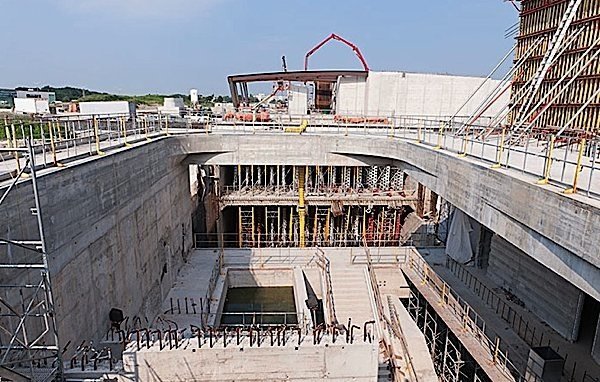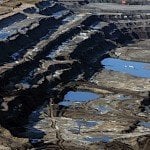Optimism prevails in the global construction industry, which finds itself in better shape today than it was four or five years ago, when the world entered a period of economic uncertainty. Based on rising backlogs and healthy margins, a majority of the world’s construction companies say they have seen an upward trend since 2010. However, market conditions have not completely recovered to where they were six to eight years ago. The survey from which these views emerged was done by the international consultancy KPMG, titled, optimistically, “Ready for the next big wave?” Each of the 165 participants was personally interviewed “face to face” by a KPMG consultant, a fact that makes the survey unique, the company says.

And what is powering the “next big wave”? Government-driven infrastructure projects are the single biggest driver, according to the majority (66 per cent) of the companies interviewed, which range in annual revenue from $250 million to more than $5 billion. Next to that come more generalized economic growth, and increasing urbanization and population growth, which fuel construction of residential housing. More new infrastructure, power, and mining projects are emerging, the KPMG report states, as public funding becomes increasingly available. The dependence of engineering and construction companies on government infrastructure projects, however, is also cause for the greatest concern. Even more of the companies (72 per cent) said that budget deficits and uncertain public funding are the biggest barrier to their growth. With government debt so high in many countries, there is little “flexibility” to provide further stimulus to the economy. Without that stimulus spending, which usually includes infrastructure projects, some construction companies would founder. Cancellation of big projects by governments can be devastating for companies.
Canadian respondents see stability, leading to cautious optimism. The survey results suggest that growth is going to be slow but there are a number of factors that will support steady activity, including demand for new infrastructure projects in the mining and energy sectors, government funding for public transit, and population growth. In the next few years, companies will be tested on their ability to diversify, manage labour cost escalation, and deploy human talent in remote areas. KPMG in Canada
By sector, the most “popular” among the world’s construction companies is power and energy. Power is “undisputedly the dominant new sector,” with power stations being built around the world, the report states. More than half (57 per cent) of the companies surveyed rated power as their highest priority. The surge in power plant construction is consistent with the global quest for energy security. The increasing diversification of the power mix in many countries, as renewables such as wind and solar, as well as unconventional oil and gas, become more important, also contributes to the interest in the power sector. The report says that the global industry needs to standardize its practices more, concentrate on better management for mega-projects, and develop a culture of risk management. Reprinted with permission of Condo.ca

































